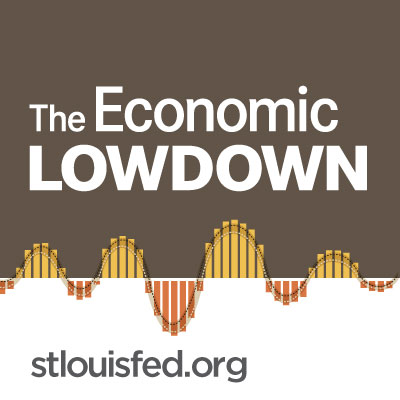Teaching the New Tools of Monetary Policy
Resources for teaching the Fed's monetary policy tools in an ample-reserves framework.
{{searchResultSnippet}}
 Back to All
Back to All

This video assignment explains how the Fed sets a target range for the federal funds rate, and how it then uses interest on reserve balances to steer the federal funds rate into the target range.
In part 3 we learned how the interest on reserve balances rate acts as a reservation rate for banks, and how arbitrage steers the federal funds rate into the FOMC’s target range. Now let’s turn to how the FOMC decides on the appropriate level for the target range.
It might be easiest to think about a situation where the economy seems to be weakening.
Suppose the FOMC is meeting and looking at the economic data. After a thorough review, the FOMC determines that employment or inflation is too low. And, economic data suggest the economy may weaken further. In this case, the FOMC might decide to use “expansionary" or “accommodative” monetary policy to provide stimulus for the economy. That is, the FOMC could lower its target range for the federal funds rate and the Fed would decrease the interest on reserve balances rate. For example, if the FOMC lowers the target range by 25 basis points—which is ¼ percent, then the Fed is likely to also lower the interest on reserve balances rate by 25 basis points.
Because of the economic concepts of reservation rate and arbitrage, the lowering of the interest on reserves balances rate pulls the interest rate that banks charge each other in the federal funds market down. When the federal funds rate declines, it starts a chain reaction: other interest rates tend to follow, which then affects overall financial conditions. When interest rates decline, the cost of borrowing money declines, which encourages households to increase spending and businesses to increase investment. As spending increases, so will production, and businesses are likely to hire additional employees and spend more on other resources. As these increases in spending ripple through the economy, unemployment decreases, moving the unemployment rate down toward its full employment level, and inflation possibly moves up.
So, when the economy is stalling, the Fed’s monetary policy actions, both lowering the target range for the federal funds rate and reducing the interest on reserve balances rate can be effective for moving the economy back towards maximum employment and price stability.
So, by increasing the target range for the federal funds rate, and increasing the interest on reserve balances rate, the Fed can move the economy back toward maximum employment and price stability.
To conclude our discussion about monetary policy, let’s sum up with a few key points. The Federal Reserve has a dual mandate from congress to promote maximum employment and price stability. The Fed moves the economy toward these goals by setting a target range for the federal funds rate. The Fed uses interest on reserve balances as its primary policy tool to steer the federal funds rate into the target range. The setting of monetary policy affects other interest rates, which ultimately influence broader financial conditions. These factors affect consumer and producer decisions and ultimately the level of employment and inflation, which promote a strong U.S. economy.
So now you know what it means when you hear news reports that the Fed raised or lowered interest rates. It is really that the FOMC adjusted its target range and, because of economic concepts like reservation rate and arbitrage, market interest rates moved appropriately, and this affected consumer and business decisions. This is all done to move the economy forward in a healthy manner to maximize employment and keeping prices stable.

Teaching the New Tools of Monetary Policy
Resources for teaching the Fed's monetary policy tools in an ample-reserves framework.

The Fed's New Monetary Policy Tools
Explore the new monetary policy tools of the Fed.

Fiscal & Monetary Policy
Define fiscal and monetary policy and highlight their differences.

Beige Book in the Classroom
Learn how the Fed's Beige Book reflects economic conditions.

Econ Lowdown Podcast Series
21 Economics audio assignments for your classroom

Jargon Alert: Helicopter Money
Learn about a tool to stimulate economies and fight deflationary pressures.

Monetary Policy, Part 1: The Fed and the Dual Mandate
Explain how the Fed adjusts a target range for the federal funds rate.

Monetary Policy, Part 2: Two Important Interest Rates in Monetary Policy Implementation
Explain the federal funds rate and interest on reserve balances rate.

Monetary Policy, Part 3: Reservation Rate and Arbitrage
Explore how the Fed uses interest on reserve balances.
{{resourceTitle}}
{{resourceBlurb}}